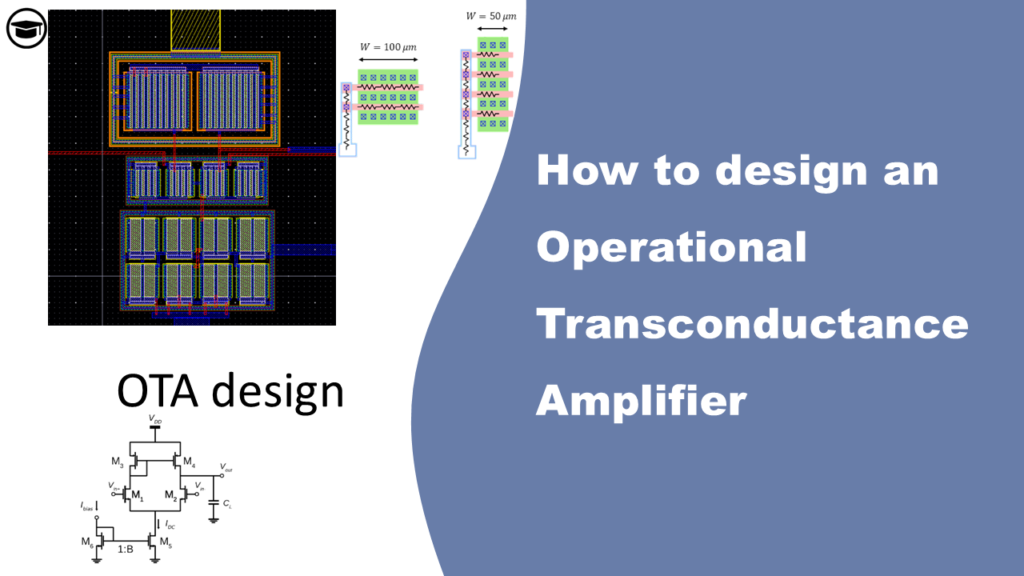 Daily tech news
Daily tech news
- Critical minerals are hiding in plain sight in U.S. MinesResearchers found that U.S. metal mines already contain large amounts of critical minerals that are mostly going unused. Recovering even a small fraction of these byproducts could sharply reduce dependence on imports for materials essential to clean energy and advanced technology. In many cases, the value of these recovered minerals could exceed the value of […]
- New state of quantum matter could power future space techA UC Irvine team uncovered a never-before-seen quantum phase formed when electrons and holes pair up and spin in unison, creating a glowing, liquid-like state of matter. By blasting a custom-made material with enormous magnetic fields, the researchers triggered this exotic transformation—one that could enable radiation-proof, self-charging computers ideal for deep-space travel.
- Miracle material’s hidden quantum power could transform future electronicsResearchers have directly observed Floquet effects in graphene for the first time, settling a long-running scientific debate. Their ultrafast light-based technique demonstrates that graphene’s electronic properties can be tuned almost instantaneously. This paves the way for custom-engineered quantum materials and new approaches in electronics and sensing.
- Century-old catalysis puzzle cracked by measuring a fraction of an electronScientists have directly measured the minuscule electron sharing that makes precious-metal catalysts so effective. Their new technique, IET, reveals how molecules bind and react on metal surfaces with unprecedented clarity. The insights promise faster discovery of advanced catalysts for energy, chemicals, and manufacturing.
- Stanford discovers an extraordinary crystal that could transform quantum techStanford scientists found that strontium titanate improves its performance when frozen to near absolute zero, showing extraordinary optical and mechanical behavior. Its nonlinear and piezoelectric properties make it ideal for cryogenic quantum technologies. Once overlooked, this cheap, accessible material now promises to advance lasers, computing, and space exploration alike.
- MIT quantum breakthrough edges toward room-temp superconductorsMIT scientists uncovered direct evidence of unconventional superconductivity in magic-angle graphene by observing a distinctive V-shaped energy gap. The discovery hints that electron pairing in this material may arise from strong electronic interactions instead of lattice vibrations.
Category
How to design an Operational Transconductance Amplifier (OTA)?
This article explains how to design an Operational Transconductance Amplifier (OTA) in Cadence, focusing on optimizing transistor dimensions. It covers hand calculations and the gm/ID...
Introduction to capacitors
This tutorial introduces the basics of capacitors, covering their structure, energy storage, and behavior in DC and AC circuits. It explains capacitance, charging/discharging processes, and...
Essential tools for electronic hobbyist (2024)
Lab equipment is essential for home electronics projects. Key tools include a multimeter, soldering station, oscilloscope, and power supply. This guide covers affordable options for...
Resistor color code – Online tool
A resistor is a fundamental two-terminal component used in countless electronic devices to limit or regulate electric current. Resistors are often marked with color bands...
3-phase IGBT-inverter – Working principles
In this article the 3-phase IGBT inverter and its functional operation are discussed. In order to realize the 3-phase output from a circuit employing dc...
PID control on PIC microcontroller
For decades, the PID control system has stood as one of the industry's most established and widely adopted strategies, owing to its straightforward yet efficient...
Prerequisits
To make it easier, I assume you have a basic knowledge of the following:
- Basic circuitry knowledge; such as resistors, transistors, diodes, relays.
- Basic programming knowledge in C; understand what are functions, operators, data types, and more.
- Digital electronics, such as logic gates.
On some occasions I will explain it from scratch, but to understand everything, it is best to brush up on the basics so that you can follow the tutorials.
Required Software
For these tutorials we use Microchip’s own software package that includes:
- MPLAB X IDE
- XC8 Compiler
- PICKIT3 programmer/debugger
All the tools can be downloaded at the official website of Microchip Technology
Required Hardware
The full tutorial consists of many different types of electrical components, sensors and actuators. It depends completely on your own project what you need. However, in all cases you will need a Pickit3 tool to install the software and you need at least 1 PIC16F877A microcontroller to install it on.







